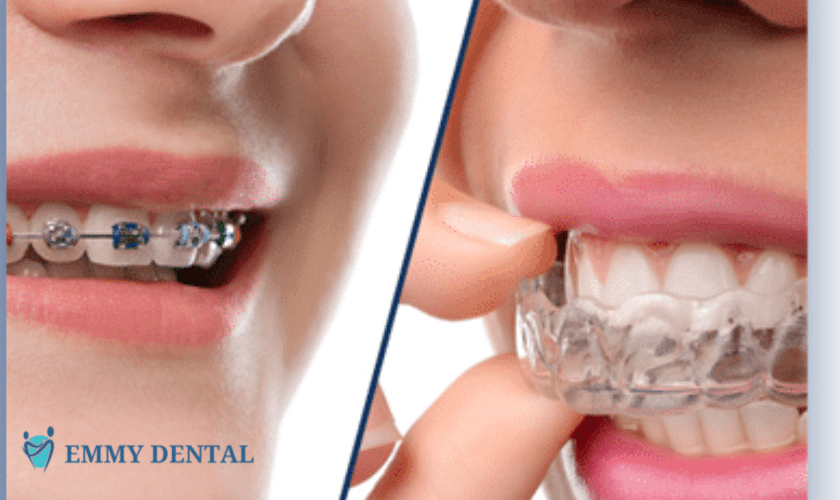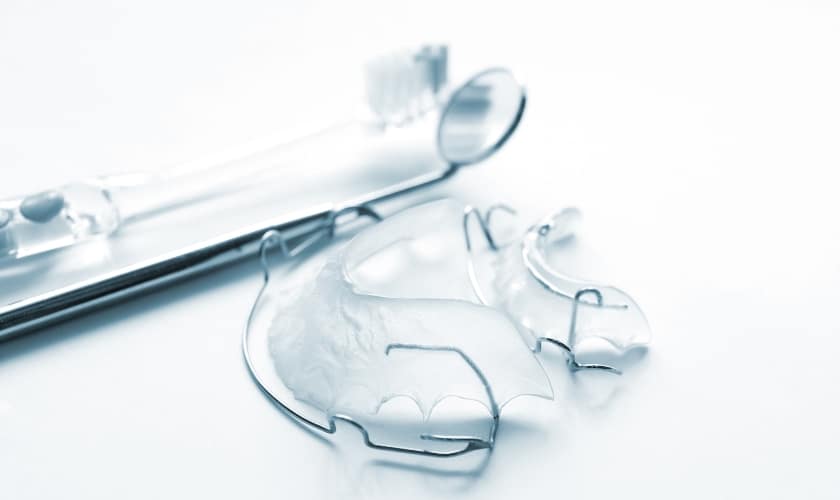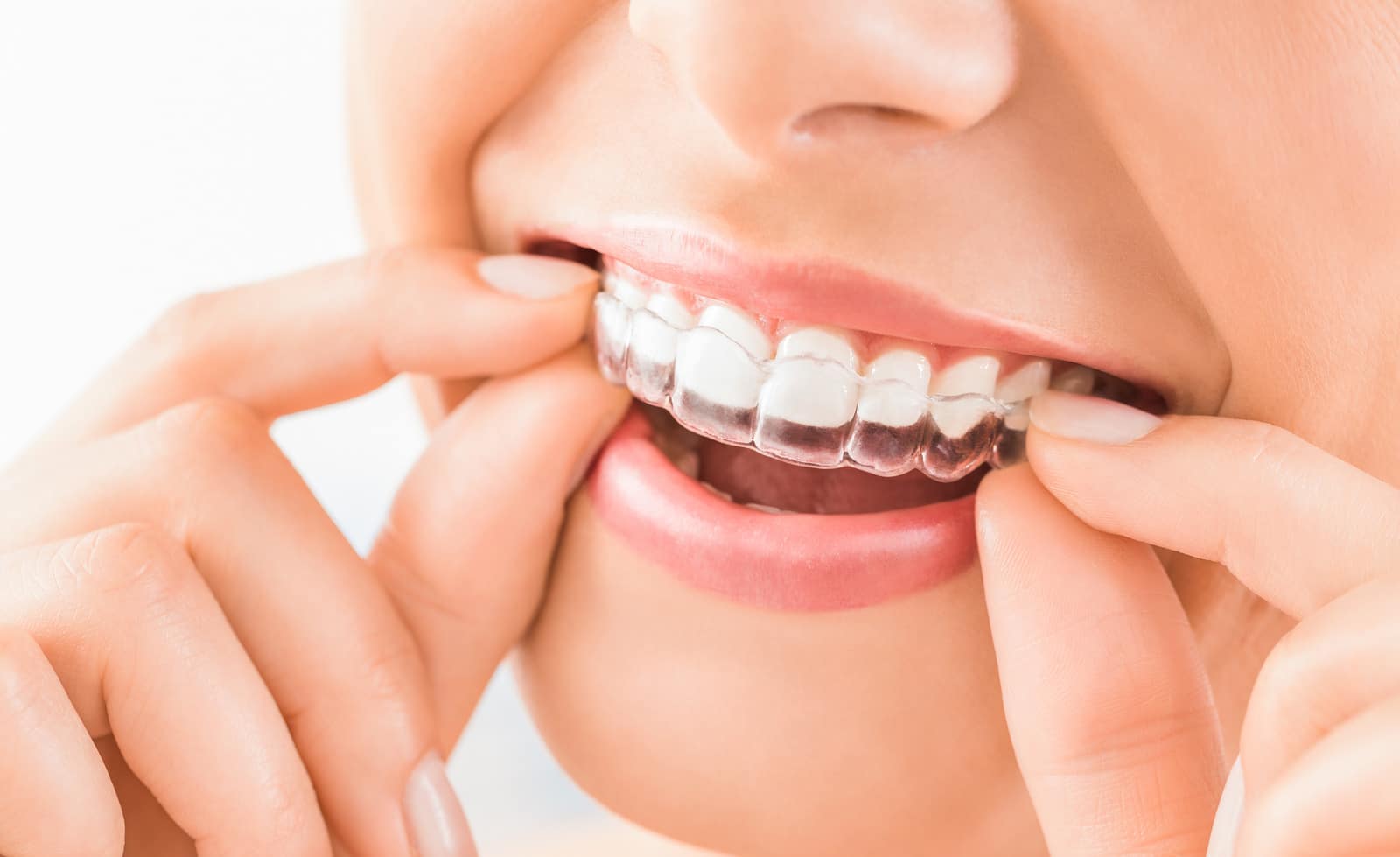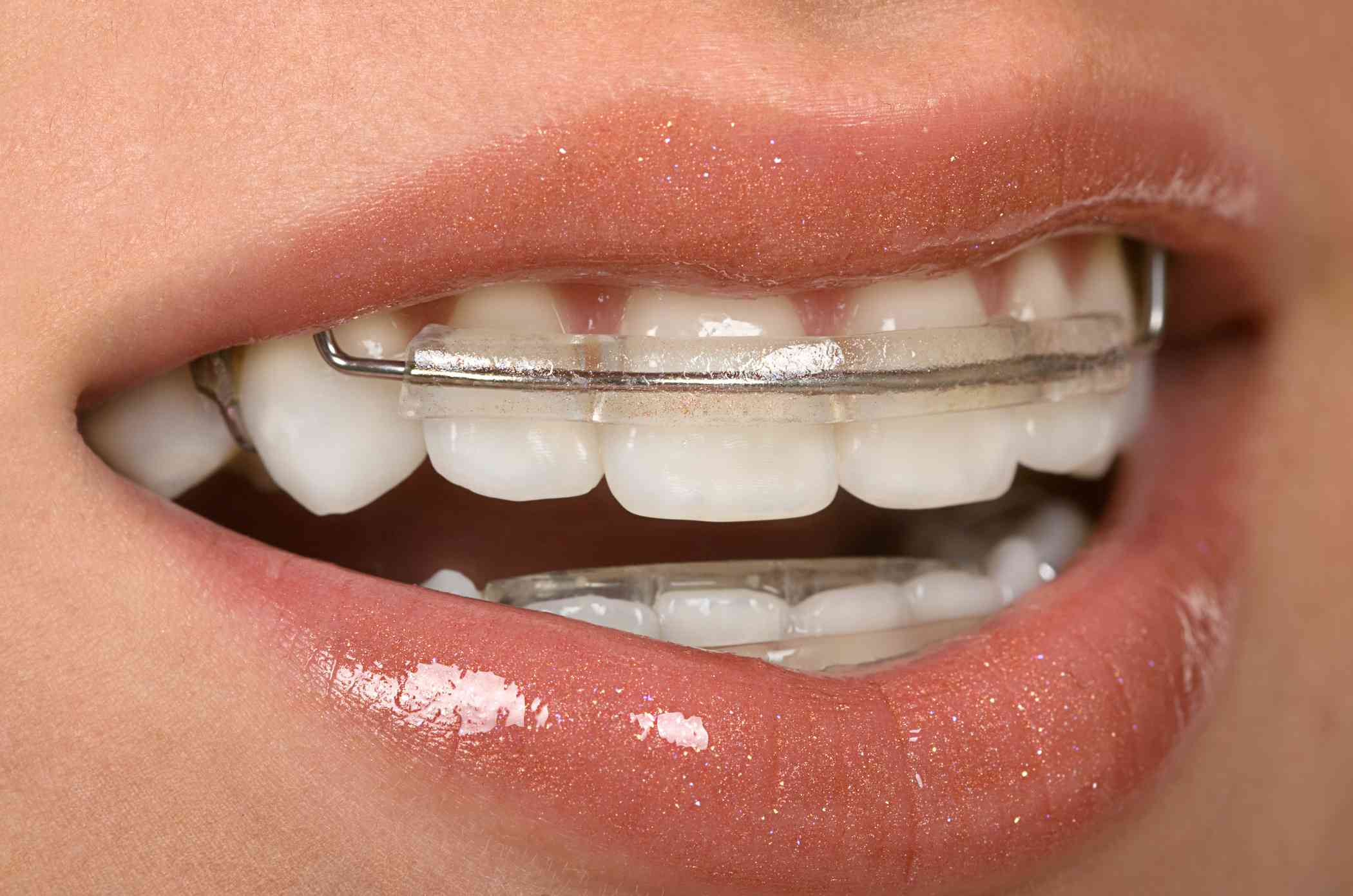
Invisalign VS Braces: All You Need To Know
Many patients choose braces even though Invisalign looks much better. Both conventional braces and Invisalign are standard orthodontic procedures to straighten teeth gradually. It can be challenging to determine which approach is superior because both are FDA-approved devices that produce excellent outcomes. The degree of correction required, age, and lifestyle should all be considered when deciding between Invisalign aligners and braces. This blog examines everything a consumer needs to know to choose between Invisalign and braces.
What Is Invisalign? How Does It Work?
Invisalign is designed to be unnoticeable. Aligner trays made of smooth and BPA-free clear plastic are worn over your teeth to softly and gently adjust your teeth. Invisalign is specially customized and pressed on teeth to move them into the proper position. Clear aligners act as a substitute for traditional braces. To develop an accurate 3-D representation of your teeth and to design your aligner trays appropriately, your orthodontist in Cypress will use X-rays, photographs, and impressions. Fresh trays are sent out every two weeks and gradually realign the teeth. The best cases for Invisalign involve mild to moderate crowding and crookedness. With Invisalign, more severe misalignment may be corrected, but it may take much longer than conventional braces.
Advantages Of Invisalign Treatment
- Invisalign clear aligners may be the best choice for anyone searching for a discreet treatment with an almost invisible appearance.
- Invisalign aligners must be worn for 22 hours a day to be effective, but removing them also has advantages. You don’t have to limit what you eat or drink while your aligners are taken out for meals; you can eat everything you want.
- Patients adore how comfortable Invisalign aligners are; in fact, many patients discover that after treatment is complete, they miss having aligners on their teeth!
- You must wear these aligners for two weeks before swapping for the next set in the series. In most cases, your orthodontist will give you many sets ahead of time so you can continue your treatment at home, visiting the office once every three months for the doctor to assess your progress and collect the following sets of aligners.
Downsides Of Invisalign Treatment
- Aligners run the risk of being misplaced or broken. These need to be kept safely
- Invisalign isn’t helpful in certain complex cases.
What Are Braces? How Do They Work?
Braces were the first orthodontic treatment. Braces have been used for centuries. Fortunately, braces have improved significantly over time, and research has contributed to making braces a dependable, efficient, and comfortable treatment option for millions worldwide who want straight teeth, a healthy bite, and a beautiful smile. Metal brackets are bonded to your teeth, and wires and tiny rubber bands connect them to form braces. The color of your brackets can now be customized to more precisely match the shade of your enamel, making them more discreet. Clear or metal brackets are used in braces, fastened to the teeth, and then tightened using wires and sometimes rubber bands. This gives braces a lot of force with which to move teeth. The braces must be adjusted and tightened every month to move crooked teeth into position. Even extremely crooked teeth can be straightened with braces.
Advantages Of Braces
- Severely misaligned teeth can be realigned with the maximum grip that braces provide. They are, therefore, a clear choice for complicated cases.
- Your orthodontist can estimate with the most significant degree of accuracy where each tooth will need to be relocated to achieve the best outcomes, the straightest teeth, and the healthiest smile while using braces to straighten your teeth. Orthodontists use braces to treat young and old patients, utilizing cutting-edge technology and biocompatible, medical-grade materials to produce secure, efficient, and long-lasting outcomes.
Downsides Of Braces
- You must avoid certain foods, especially those that are hard or sticky that could break your braces or get stuck under the wire.
- The brackets can permanently harm the enamel of your teeth if you don’t clean them properly, resulting in white patches.
- The possibility of discomfort is yet another drawback of braces, particularly early in the course of therapy when the teeth are susceptible to the pressure of the brackets.
What Is The Difference Between Invisalign & Braces?
The method utilized to move teeth and produce an attractive smile is the fundamental difference between braces and Invisalign. During treatment, metal brackets and sophisticated wires are placed within the mouth to reposition the teeth using braces. In this procedure, elastics are frequently utilized to realign the teeth. With Invisalign, teeth are moved using a series of transparent, custom aligning trays that are switched out weekly. Although braces may be a superior alternative for treating some orthodontic difficulties, Invisalign is undoubtedly convenient.
We hope this information helps you make better dental health decisions. Invisalign is a very popular choice amongst patients because of its discreet nature. However, braces can help fix complicated orthodontic issues. It is best to visit our dental office to find out which is better for you.



